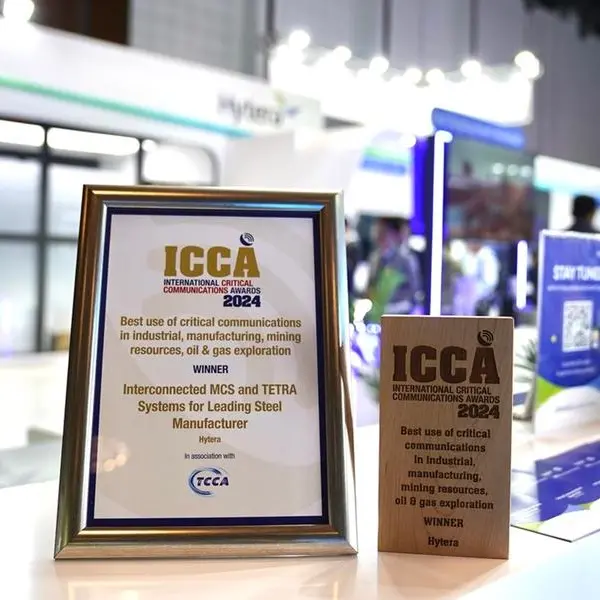
The internet of things (IoT) is on the rise with projections suggesting that approximately 50 billion IoT devices will be in use around the world by 2050. This is because today, time-pressed consumers are already turning to technology for greater convenience and efficiency both in their personal lives as well as in their home environment. It is for this reason that home automation is increasing in popularity.
With this in mind, Larry Barnes, product manager at CBI-electric: low voltage outlines the top five trends in home automation for consumers to take note of in 2022:
- Solar goes smart: Home buyers are starting to seek out properties that already have solar panels or solar geysers installed and which can be combined with smart products for hassle-free power saving and off-grid convenience. Although solar power requires an initial upfront investment, the system pays for itself within a few years and maintenance requirements are low. By adding smart devices, such as plugs, isolators and controllers, limited solar power resources can be directed to where they are most needed by switching plugs on and off.
“Given Africa’s sunny climate, adding solar power to your home should be high on the list of every renovator. Remember to combine this with a smart isolator and controller so that you can maximise the energy savings with a customised schedule,” says Barnes.
- Streamline security: Upgrade your home security by adding automated lighting and sensors that can be activated remotely and scheduled according to your lifestyle and habits. If you frequently come home late, schedule your porch light to switch on in time for your arrival so you don’t waste time fiddling for the right key in the dark. “Smart security is a property upgrade that gives you peace of mind so that you can relax and focus on what’s most important to you,” says Barnes.
- Integration can work for you: Smart homes are rising in popularity because they offer the ability to customise your environment so that it is perfectly suited to you and your family’s needs. A smart home should work better than before, and that’s why, ideally, the smart infrastructure should be integrated and controlled from a single app.
“Don’t split your attention across multiple operating systems. Look for seamless integration which reduces stress and improves your control,” says Barnes.
By adding schedules that fit your lifestyle – for example, turning off the geyser during work hours when a shower is unlikely – as well as trigger events that take account of weather forecasts or remote overrides – your smart lifestyle can be tailormade for you.
- Bring your own automation: When setting up a smart home, portability and mobility are important to consider. You’re investing in an environment that’s perfectly suited to your needs – so what happens when you move? When you install smart features, keep the old infrastructure that you’re replacing so that you can replace it when you leave and don’t have to leave technology behind which can be reused. Smart plugs are particularly useful for this, as they are easy to install and work with existing systems. If you’re setting up a smart home for the first time, one or two smart plugs are an easy, accessible way to try out what works for you.
On the other hand, if you’re leaving town for a few days, you no longer have to worry about whether you left the geyser on before hitting the highway. Simply grab your phone and navigate to your smart home app to switch it off remotely.
- Smart homes become a lifestyle: As connectivity becomes more seamless, we’re starting to expect time-saving convenience wherever we are. Smart technology should make your life easier, and home automation is part of that. Eventually, everyone will expect smart benefits from their home. In designing your smart home, think about what’s most important to you and prioritise accordingly. Smart lighting, entertainment, cleaning and convenience are all possible. This is an opportunity to exercise complete creative control for a home that works for you.
“Consumers who are looking at implementing a smart home will find smart plugs, isolators and controllers an easy, cost-effective and convenient way to design an environment that is flexible enough to work for their needs, wherever they are,” says Barnes. “Smart plugs can be used to turn any appliance into a smart device, because it gives you scheduling ability and remote access.”
Distributed by APO Group on behalf of CBI.
© Press Release 2021
Disclaimer: The contents of this press release was provided from an external third party provider. This website is not responsible for, and does not control, such external content. This content is provided on an “as is” and “as available” basis and has not been edited in any way. Neither this website nor our affiliates guarantee the accuracy of or endorse the views or opinions expressed in this press release.
The press release is provided for informational purposes only. The content does not provide tax, legal or investment advice or opinion regarding the suitability, value or profitability of any particular security, portfolio or investment strategy. Neither this website nor our affiliates shall be liable for any errors or inaccuracies in the content, or for any actions taken by you in reliance thereon. You expressly agree that your use of the information within this article is at your sole risk.
To the fullest extent permitted by applicable law, this website, its parent company, its subsidiaries, its affiliates and the respective shareholders, directors, officers, employees, agents, advertisers, content providers and licensors will not be liable (jointly or severally) to you for any direct, indirect, consequential, special, incidental, punitive or exemplary damages, including without limitation, lost profits, lost savings and lost revenues, whether in negligence, tort, contract or any other theory of liability, even if the parties have been advised of the possibility or could have foreseen any such damages.










